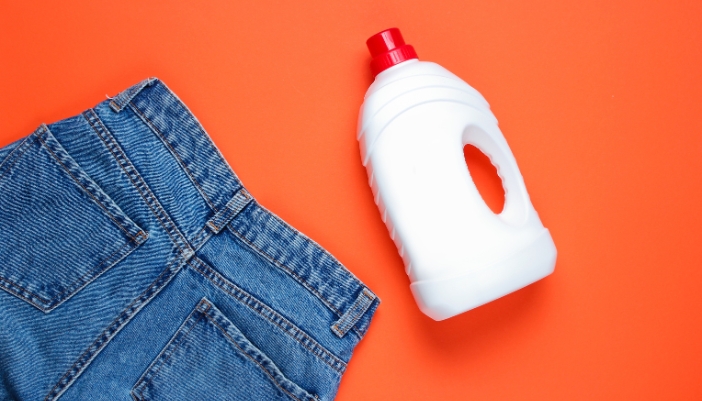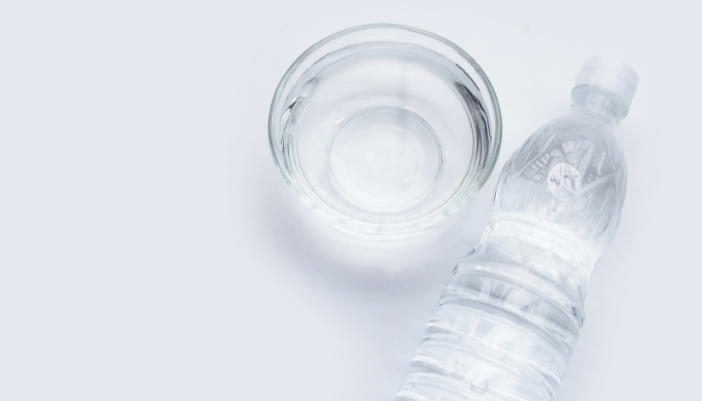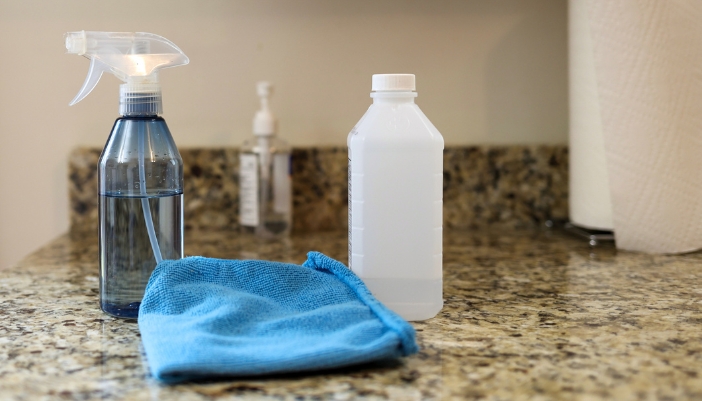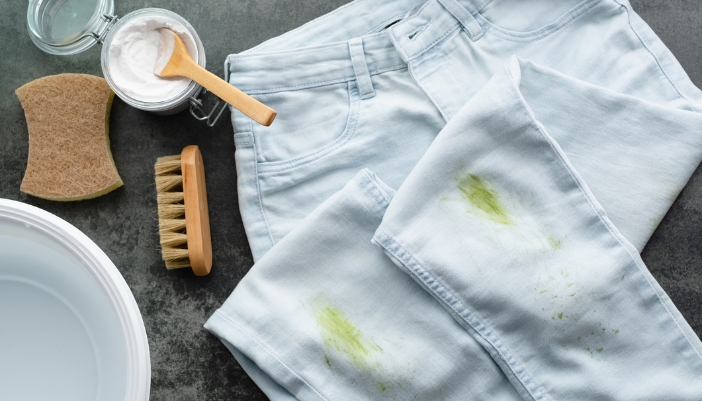Grass stains are a common nuisance, especially for parents with active kids who love to play outside. Whether from soccer practice, backyard adventures, or a day at the park, those bright green stains seem to find their way onto clothes all too easily.
If left untreated, grass stains can set into the fabric, making them much harder to remove. That’s why it’s imperative to act quickly and treat them at the source with a few tricks provided by yours truly — Downeast Home Appliance Center! Let’s explore which method will leave your clothes looking as pristine as the day you bought them!
1. Liquid Detergent

When tackling grass stains, liquid detergent is one of the simplest and most effective methods. It can help break down the green pigment and lift the stain from the fabric!
- Pour a small amount of liquid detergent directly onto the grass stain.
- Using your fingers or a soft brush, gently rub the detergent into the stain to help it penetrate the fabric.
- Allow the detergent to sit on the stain for 5 to 10 minutes. This gives it time to break down the stain effectively.
- Finally, wash the garment in cold water to rinse the detergent and remove the stain from the fabric.
2. Vinegar Solution

Another effective method for removing these stains is using a vinegar solution. Vinegar is a natural cleaner that can break down the pigments in the stain, making it easier to wash away. You just need to use the right amount:
- Create a solution by mixing one part white vinegar with two parts water.
- Apply the mixture directly to the stained area of the fabric.
- Let the solution sit on the stain for 10 to 15 minutes to give it time to break down the grass pigments.
- Rinse the garment with cold water to remove the vinegar solution, then wash it normally in your washing machine.
3. Rubbing Alcohol

You might not think it, but rubbing alcohol is a powerful tool for lifting stains, especially grass stains! But since rubbing alcohol can potentially discolor or bleach fabrics (like silk, wool, or brightly colored clothes), it’s best to test an inconspicuous area of the fabric before trying this method (but whites should be safe!).
- Using a cotton ball or cloth, dab rubbing alcohol directly onto the grass stain.
- Allow the alcohol to penetrate the fabric for a few minutes, which helps to break down the stain.
- Rinse the garment thoroughly with cold water to remove the alcohol and loosened stain.
- Wash the garment as usual to ensure the stain is completely removed.
4. Hydrogen Peroxide and Dish Soap
Did you know combining hydrogen peroxide and dish soap creates a powerful solution for removing grass stains? You’d be surprised by the results!
- First, in a small bowl or dish, mix equal parts hydrogen peroxide and dish soap.
- Use a clean cloth or sponge to apply the mixture directly to the grass stain.
- Allow the solution to sit on the stain for 10 to 15 minutes to break down the pigments.
- Then, rinse the garment thoroughly with cold water to remove the cleaning solution.
- Finally, wash the garment in your washing machine as you normally would!
5. Baking Soda Paste

Baking soda is a laundry staple; it’s helpful for so many things — including getting rid of grass splotches! It acts as a mild abrasive and natural cleaner, making it an excellent choice for tackling tough stains.
- Combine baking soda with a small amount of water to form a thick paste. The paste should be thick enough to stay on the fabric without running.
- Spread the baking soda paste evenly over the grass stain, covering the affected area.
- Gently rub the paste into the fabric using your fingers or a soft brush. This helps the baking soda penetrate the fibers and break down the stain.
- Allow the paste to sit on the stain for 15 to 20 minutes. This gives the baking soda time to lift the stain from the fabric.
- Rinse the garment thoroughly with cold water to remove the baking soda paste. Once rinsed, wash the garment as usual to remove the stain completely.
6. Enzyme-Based Detergent
For those tough, stubborn grass stains, enzyme-based detergents are an excellent solution. These detergents contain special enzymes that target and break down organic stains like grass!
- Apply the enzyme-based detergent directly to the grass stain, ensuring the entire stained area is covered.
- Let the solution sit on the stain for at least 15 minutes. This gives the enzymes time to penetrate the fabric and dissolve the stain.
- Wash the garment in the hottest water that is safe for the fabric, as indicated on the garment’s care label. The heat will help activate the enzymes, ensuring a thorough cleaning.
7. Post-Wash Treatment

After washing, it's crucial to ensure the stain is completely gone to prevent it from setting permanently. Here's what you need to do for effective post-wash treatment:
- Inspect the garment for any remaining traces of the stain. If the stain persists, further treatment is necessary.
- If the stain is still visible, repeat the pre-treatment method you used and rewash the garment. Persistence can often lead to better results.
- Do not put the garment in the dryer until the stain is fully removed. The dryer's heat can permanently set the stain, making it much harder to remove.
Stains, Be Gone!
Grass stains might be a common annoyance, but with the right techniques, they don't stand a chance! And with the best laundry appliances with better features (like the kind you can find at Downeast Home Appliance Center), you can kiss your laundry worries goodbye!
Need to upgrade but don’t know where to start? Our team can help — just call or stop by!